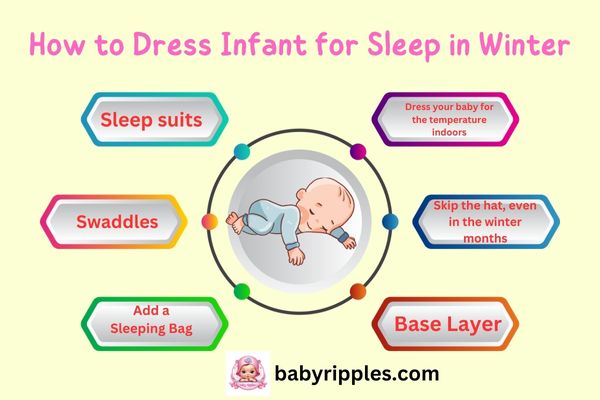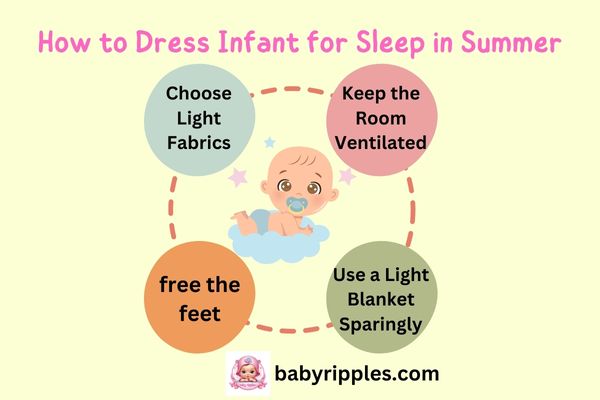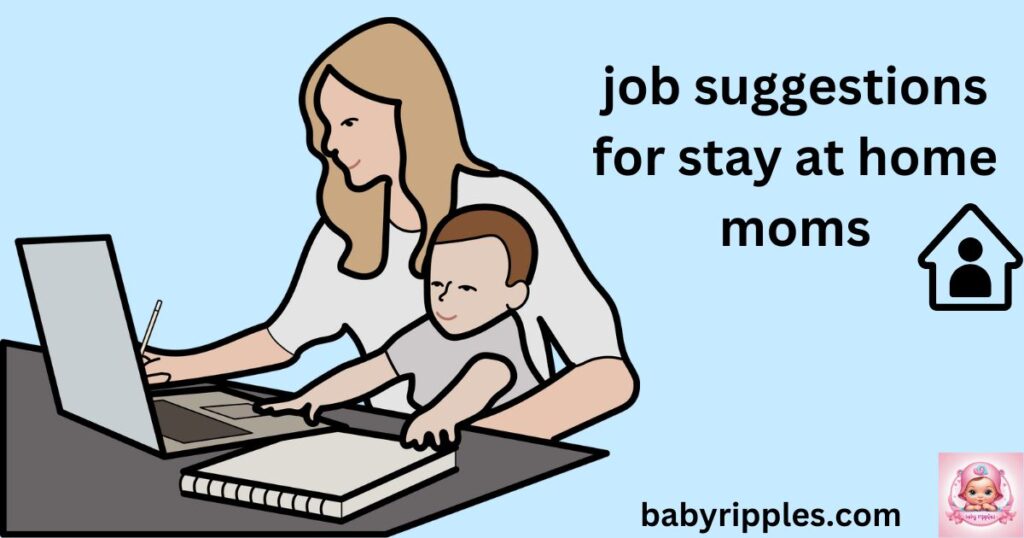“what to dress baby in for sleep” and Should Newborns sleep in hats? are most frequent queries asked by new parents. Making sure your baby is safe and comfortable at night is essential to a restful night’s sleep for both you and your child! Your baby will sleep better, have better body temperature regulation, and be cozy without overheating if they are wearing the proper sleepwear.this question is also very important “are baby gowns recommended? . Everything you need to know about about how to dress baby for sleep will be covered in this guide, along with seasonal specific advice.
- Why Is Proper Sleepwear Important for Babies?
- What to Dress Baby in for Sleep: Factors to Consider
- How to Dress a Baby for Sleep: Season by Season Guide
- Safe Sleepwear Options for Babies
- Signs Your Baby Is Too Hot or Cold at Night
- Tips to Dress Baby for Safe Sleep
- Conclusion: Creating the Perfect Sleep Environment
- Frequently Asked the Questions about "What to Dress Baby in for Sleep: Tips for New Parents"
Why Is Proper Sleepwear Important for Babies?
Let’s first discuss the importance of properly dressing an infant for sleep before getting into the specifics. Due to their inability to control their body temperature, babies are more prone to overheating or freezing.
The proper sleepwear can Assist your infant in maintaining a comfortable body temperature.
To lower the chance of SIDS, prevent them from waking up because they are uncomfortable.
What to Dress Baby in for Sleep: Factors to Consider

When deciding on what to dress baby in for sleep, there are a few factors to keep in mind:
Room Temperature
Check that both you and your baby can tolerate the room temperature. It is better to change your baby’s clothes than to use the room’s heating or cooling system to keep them warm. Whether it’s summer or winter, the weather will impact how you dress your baby for sleep.
Season:
Whether it’s summer or winter, the weather will impact how you dress your baby for sleep.
Baby’s Preferences:
Since some newborns are inherently warmer or colder, their sleepwear should be adjusted to suit their specific needs.
Fabric Type:
Cotton and other soft, breathable materials are perfect for baby sleepwear because they let air flow and lower the chance of overheating.
How to Dress a Baby for Sleep: Season by Season Guide
How to Dress Infant for Sleep in Winter

You must make sure your infant is comfortable enough throughout the chilly winter months without going overboard. Babies should never be overdressed because this increases the risk of SIDS. Here’s how to get a baby ready for winter sleep:
1. Base Layer: Begin with a cotton sleepsuit or long-sleeved bodysuit. Cotton keeps your infant comfy since it breathes.
2. Incorporate a sleeping bag: An excellent choice is a sleeping bag or wearable blanket with a winter tog value of 2.5 or higher. It offers warmth without requiring loose blankets, which could be dangerous.
3: Avoid Heavy Blankets and Hats: Although it would be tempting to add more layers, remember that babies lose heat via their heads, so they should never sleep with hats on indoors.
Pro Tip: To determine whether your infant is too hot or too chilly, feel around their neck or abdomen. Take off a layer if they feel damp or sweaty.
How to Dress Infant for Sleep in Summer

Because you want to keep your infant cool without making them feel cold, summer nights can be challenging. Here’s how to clothe a baby for summertime sleep:
1. Select Light Fabrics: If the room is warmer than 24°C (75°F), go for a short-sleeved cotton bodysuit or only a diaper and a lightweight sleeping bag (0.5 tog).
2. Maintain Airflow in the Room: Make sure there is adequate air circulation in the space. A fan in the room might help keep the air flowing if it’s really hot.
3. Apply a Blanket of Light Use a blanket sparingly: If you must use one, choose one that is breathable and light, and keep your baby’s head and face exposed.
Pro Tip: Feel the back of your baby’s neck or their stomach to determine their body temperature on a regular basis. Take off their layers if they’re perspiring.
Safe Sleepwear Options for Babies
Now that we’ve covered the basics of how to dress baby for sleep, let’s look at some specific sleepwear options:
1. Sleepsuits (Onesies)
One of the most common options when deciding what to dress baby in for sleep is a sleepsuit. These multipurpose garments keep infants warm and comfortable. A snug fit (not too tight) and soft, breathable materials like cotton are what you should go for. Depending on the temperature, options for feet or no feet.
2. Baby Sleeping Bags
Wearable blankets, sometimes referred to as sleeping bags, are a great way to keep babies warm without having to worry about loose blankets. To accommodate differing room temperatures, they are available in a range of tog ratings:
• Winter sleeping bags (2.5 tog): Ideal for chilly evenings, these bags offer warmth without becoming too hot.
• Summer sleeping bags (0.5 tog): Perfect for warm nights, these bags are lightweight.
3. Swaddles
Swaddling a newborn can help them feel safe and comfortable while they sleep. Use a lightweight swaddle blanket at all times. Make sure the wrap fits snugly around the baby’s body but loosely around the hips and legs. When your baby begins to roll over, stop swaddling.
Pro Tip: Keep an eye on your baby’s reaction to swaddling because not all babies like it.
Signs Your Baby Is Too Hot or Cold at Night

Knowing what to dress baby in for sleep is important, but it’s equally essential to keep an eye on whether your baby is too hot or cold during the night. Here are some signs to watch for:
Signs Baby Is Too Hot:
- Flushed cheeks or sweaty hair
- Baby is irritable or fussy
- Tummy or neck feels warm to the touch
Signs Baby Is Too Cold:
- Cool hands and feet (though this is normal to some extent)
- Cold, blue-tinged skin on the extremities
- Shivering or baby seems restless
To create a more comfortable sleeping environment, change the room temperature or the baby’s attire if you see any of these symptoms.
pro tip: Keep in mind that each child is unique and that you are the one who knows them best. When getting your child ready for bed, use your discretion.
Tips to Dress Baby for Safe Sleep
To create a more comfortable sleeping environment, change the room temperature or the baby’s attire if you see any of these symptoms.
pro tip: Keep in mind that each child is unique and that you are the one who knows them best. When getting your child ready for bed, use your discretion.
1.Follow the Basics for Safe Sleep: Leave your baby alone in their crib o Go back to sleep (always place them on their back) .Make sure the crib is free of any loose bumpers, toys, or bedding.
2. Keep an eye on the room temperature: Make sure the room is between 16 and 20°C (60 and 68°F) by using a room thermometer.
3. Select the Proper Fabrics: To avoid overheating, choose materials that are breathable and lightweight. For any season, cotton is a fantastic option.
4. Modify Layers as Required: Make the most of layering. Depending on the room temperature, start with a base layer and then add or remove a sleeping bag or swaddle.
Conclusion: Creating the Perfect Sleep Environment
Safety and comfort should always come first when choosing what to dress baby in for sleep. Keep in mind that babies are frequently more comfortable when they are cooler rather than excessively hot, so choose your baby’s sleepwear according to the season and the room temperature.
Lightweight fabrics and snug sleepwear can make all the difference, whether you’re navigating the colder months and wondering how to dress your child for sleep in the winter or coping with warmer temperatures and wondering how to dress your infant for sleep in the summer.
You can be sure that your infant will sleep through the night if you heed these suggestions and make the appropriate product choices.





